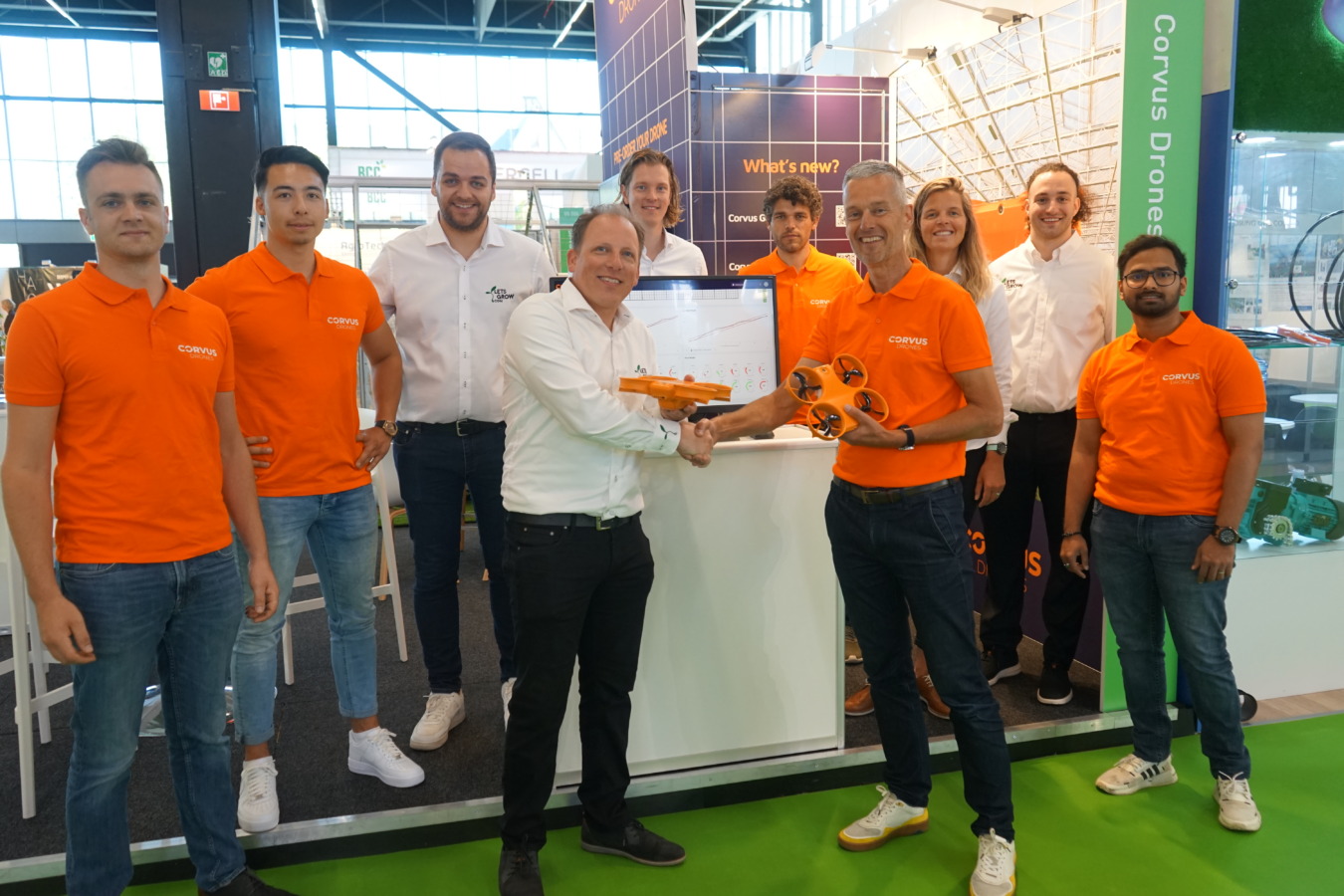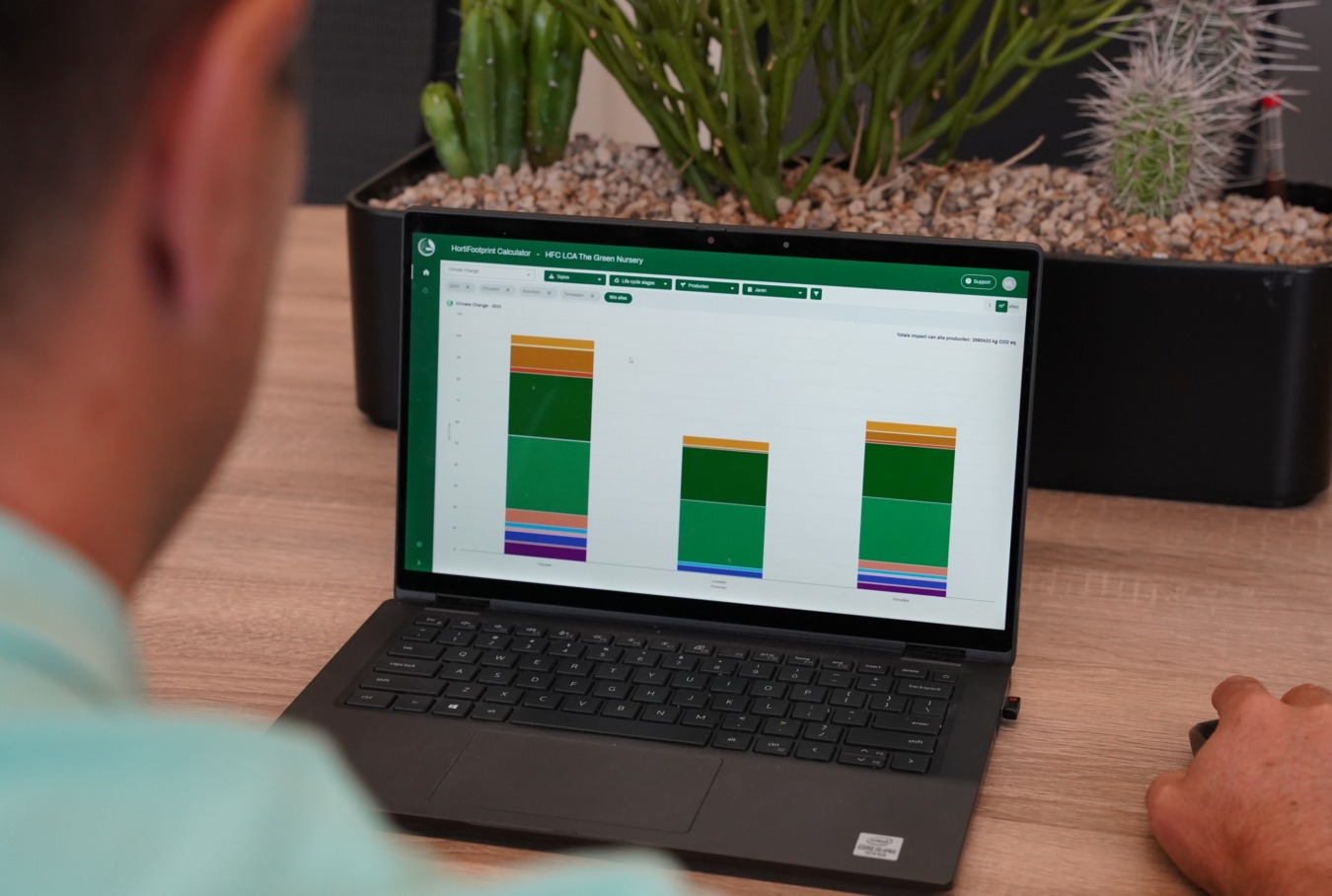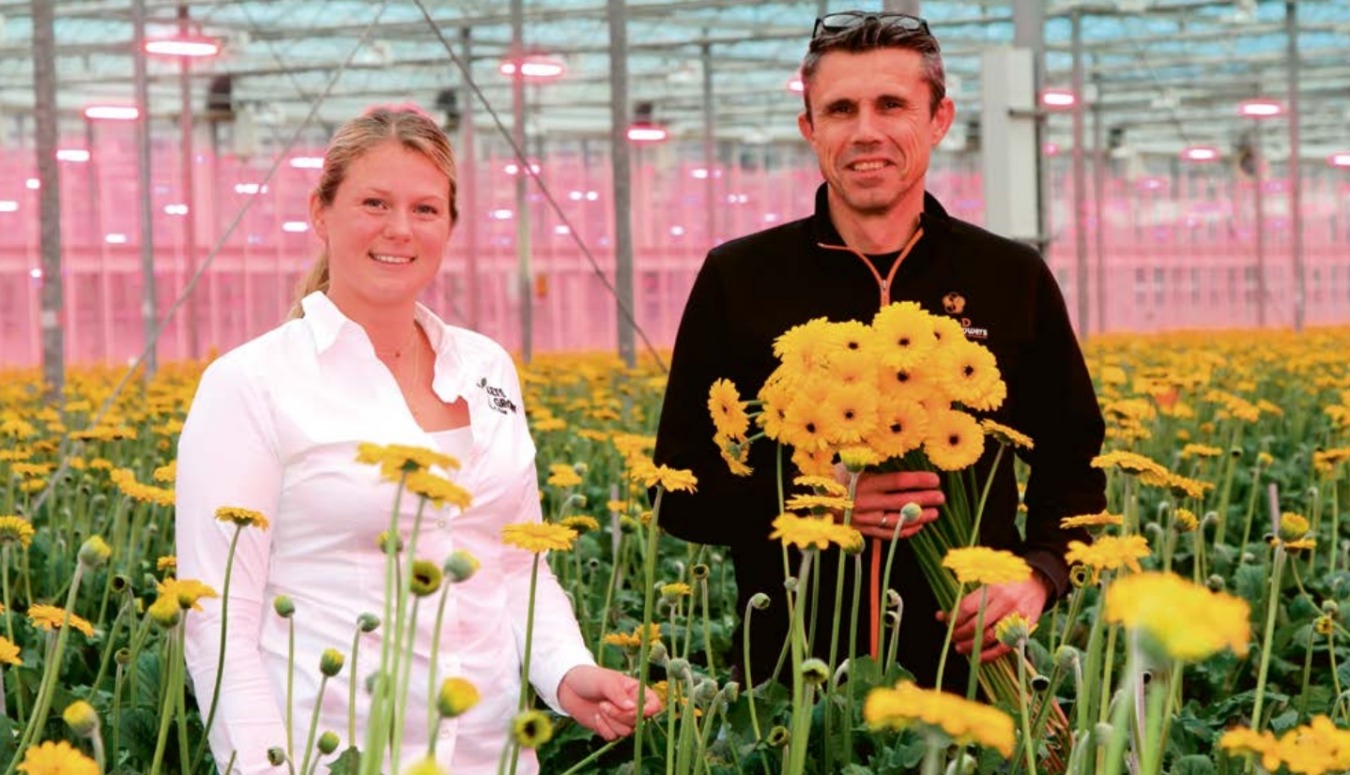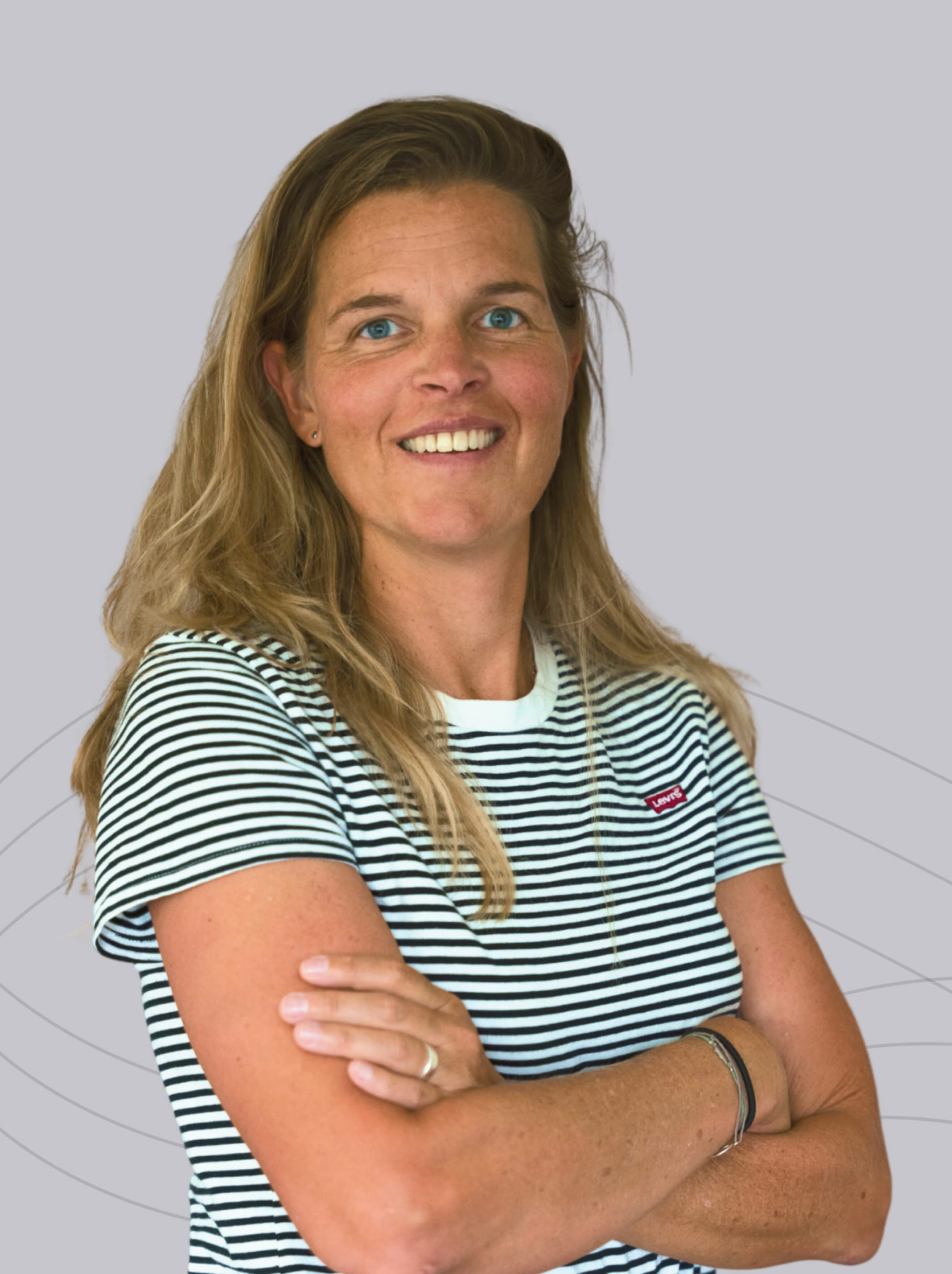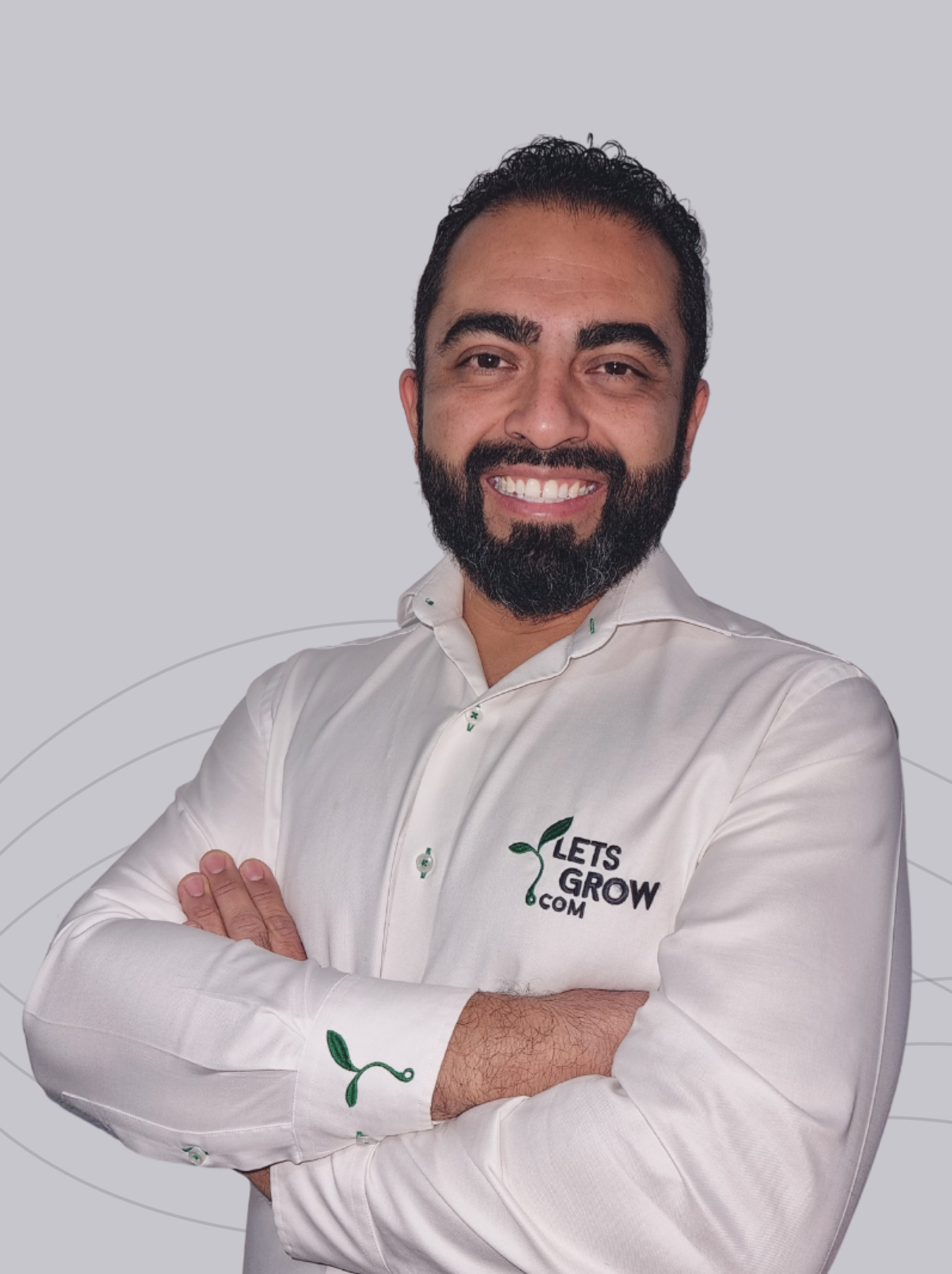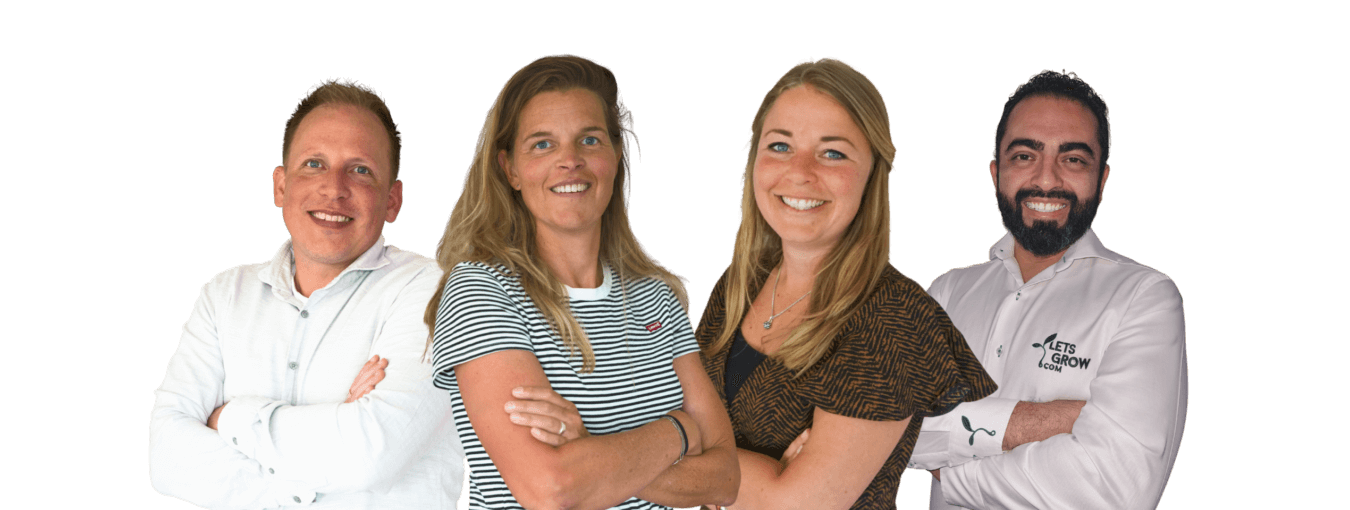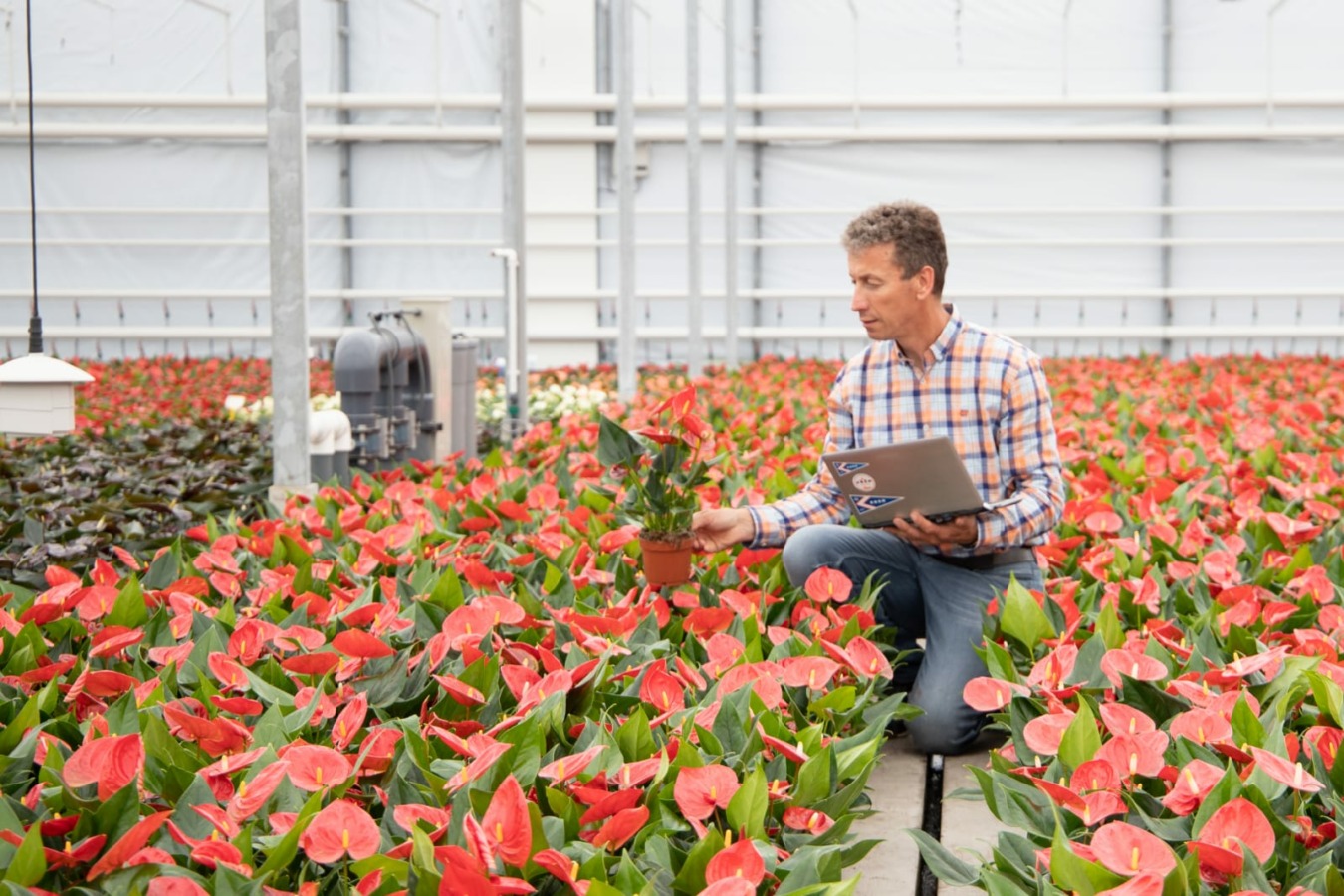
Smart technologies, Artificial Intelligence, Big data all kinds of terms you see coming up more and more often. But what does it do, what can it do for you as a grower and how do you start with it? These are questions we often get. To explain more about this, we have written a number of blogs. Read here "Data-driven growing, I'm already doing that, right?".
In recent years, there has been an increase in written articles about Data Driven Growing. I talk about this a lot with growers from all over the world. A common comment I get is: “But that’s what I’ve been doing, right? How is Data-Driven Growing going to help me?” And of course, they have a point. Plenty of decisions are already being made based on data. Yet, there are also ample opportunities for improvement at many companies.
Data-Driven Growing (DDG) came into existence with the advent of climate computers in the 1970s, namely by basing decisions on quality information and measurements. That’s still the case today. Throughout the years very nice systems have been made that enable you as a grower, together with the crop consultant, to set exactly what you want to achieve based on measurements related to temperature, RH, CO2, measuring boxes at multiple heights, plant temperature, PAR, etc. You’ll lose track if you’re not careful!
We regularly receive many questions about this. If you take a lot of measurements, are you growing in a data-driven way, and do you actually make the best decisions? Are you making those decisions based on facts or feelings? And should you analyze your data once a year, or would it be optimal to analyze it every month, every week or even in real-time? Are you, a human, still needed in the greenhouse or do you simply view the data from your computer screen? And if something goes wrong in the greenhouse, do you adjust your settings or is it also possible to anticipate what will happen so you may prevent it? The answer to many of these questions is still that it simply involves your common sense and feelings.
Growing based on data
Herein lies the big difference between Data-Driven Growing and growing based on data. These are two separate standpoints. I regularly speak to business owners who claim that good growers walk in the greenhouse and don’t sit behind a computer screen. It is true that it is not desirable for growers to be constantly behind the computer changing settings. That would mean that you would be working reactively and you would actually fall behind. Your cultivation is then based on data. However, if you visualize, analyze and use all available data in a good way, a grower behind the computer screen can draw sharper conclusions. Then you can truly be data driven. It is important, however, that the physiological and physical knowledge is up to standard so that data can be interpreted correctly. This is not only important for the grower himself, but also for the crop consultant and other colleagues.
Plant Empowerment
A good tool for this knowledge is the physiology of Plant Empowerment. A book has been written about this, namely: ‘Plant Empowerment, the basic principles’ which is published by LetsGrow.com. The book very clearly describes the plant's physiological and physical processes in the greenhouse and creates a common way of communication. An example of this is the discussion about generative or vegetative control of the crop. At Plant Empowerment we talk about the Ratio Temperature Radiation (RTR). When you have good control of the RTR, there is an optimal plant balance. A discussion about generative or vegetative control of the crop is then superfluous. The RTR is a calculable number that you can use to work out an optimal cultivation strategy. The use of a principle from this physiology ensures that one can deal proactively with data. More of these examples are described in our white papers. The book Plant Empowerment has also become standard reading material for horticulture-related schools and universities in the Netherlands and abroad. We are of course very proud of this!
Data-Driven Growing
In data-driven growing the grower becomes increasingly skilled in the strategic use of already available data. Within LetsGrow.com we always use the Gartner chart for this.
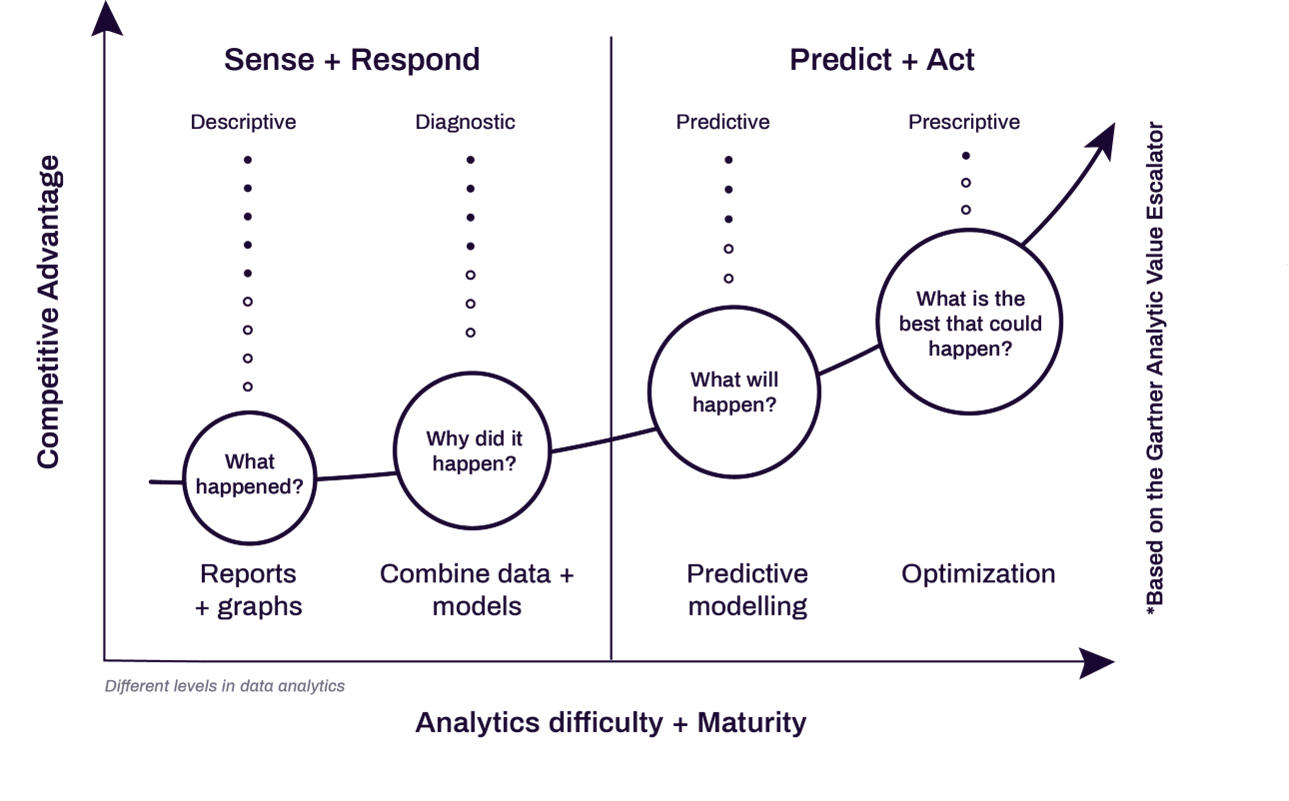
If you collect, store, visualize, and analyze data in a good and unambiguous way, this can lead to interesting insights. Our advice is always to start with the proper registration of your data. Are you not yet using crop settings or taking structural photos with cameras hanging throughout the greenhouse? Then start doing so. Combining photos with data is a golden combination for analysis. In addition, it is also important that you, as a grower, delve into the explanatory and predictive models that are available. By knowing what is going to happen, steering is still possible before it happens. You can make big steps towards an optimal situation in the greenhouse with small interventions, often without extra investment. That is what I call the power of data! Growers who go for it will be the winners in the future. And if you need help with this, just give us a call.
Stay informed
"*" indicates required fields

